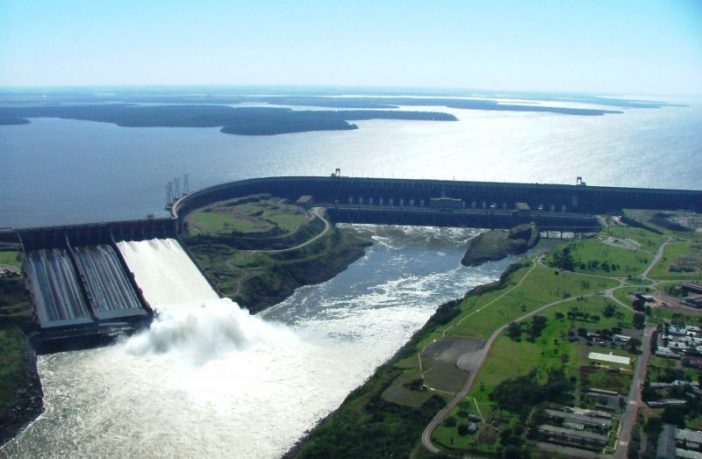- Brazil has now become the second largest producer of hydroelectricity by installed capacity, reaching 104.1 GW in 2018, surpassing the United States at 102.7 GW according to the latest 2019 Hydropower Status Report released earlier this week.
- The world largest hydropower producer is China with 352.3 GW of installed capacity.
More than 21.8 gigawatts (GW) of renewable hydroelectric capacity were put into operation last year, according to the latest 2019 Hydropower Status Report released earlier this week. The report, published by the International Hydropower Association (IHA), is an authoritative guide to key trends in hydropower development from over 200 countries and territories.
Electricity generation from hydropower projects achieved a record 4,200 terawatt hours (TWh) in 2018, the highest ever contribution from a renewable energy source, as worldwide installed hydropower capacity climbed to 1,292 GW.
China added the most capacity with the installation of 8,540 megawatts, followed by Brazil (3,866 MW), Pakistan (2,487 MW), Turkey (1,085 MW), Angola (668 MW), Tajikistan (605 MW), Ecuador (556 MW), India (535 MW), Norway (419 MW) and Canada (401 MW).
With pumped hydropower storage capacity reaching 160.3 GW in 2018 (up 1.9 GW on 2017), the report also calls for the market framework and regulatory treatment of this clean ‘water battery’ technology to be reformed, especially in liberalized markets.
Author: Bryan Groenendaal











